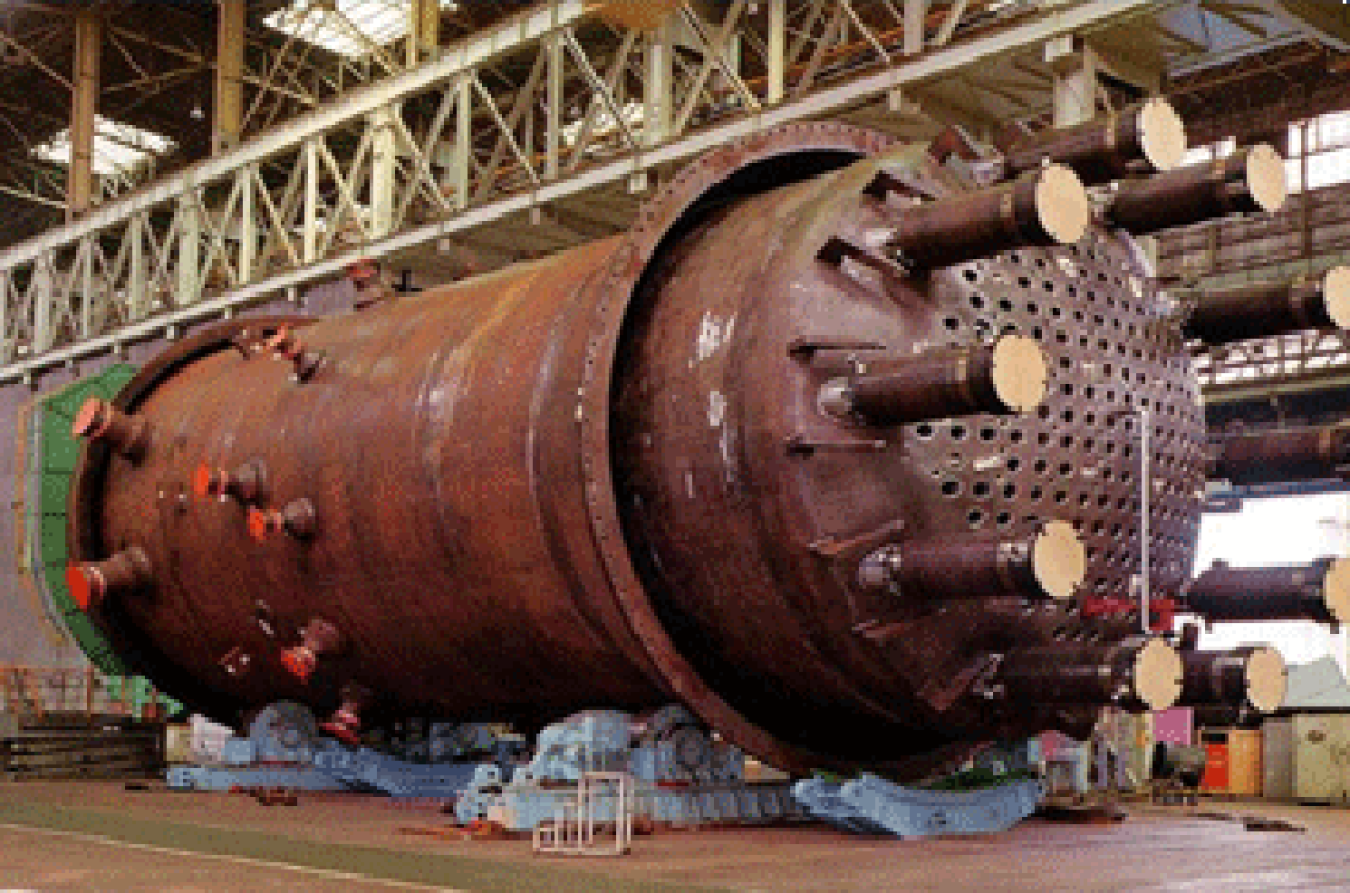
Background
The demanding environments of an operating nuclear reactor may impact the ability of a broad range of materials to perform their intended function over extended service periods. Routine surveillance and repair/replacement activities can mitigate the impact of this degradation; however, failures still occur. With reactors being licensed to operate for periods up to 60 years, with further extensions under consideration, and power uprates being planned, many of the plant systems, structures, and components will be expected to tolerate more demanding environments for longer periods. The longer plant operating lifetimes may increase the susceptibility of different systems, structures, and components to degradation and may introduce new degradation modes.
While all components potentially can be replaced, decisions to simply replace components may not be practical or the most economically favorable option. Therefore, understanding, controlling, and mitigating materials degradation processes and establishing a sound technical basis for long-range planning of necessary replacements are key priorities for extended nuclear power plant operations and power uprate considerations.
Purpose
The strategic goals of the pathway are to develop the scientific basis for understanding and predicting long-term environmental degradation behavior of materials in nuclear power plants and to provide data and methods to assess performance of systems, structures, and components essential to safe and sustained nuclear power plant operations.
Vision
The Materials Aging and Degradation Pathway activities have been organized into five principal areas: (1) reactor metals, (2) concrete, (3) cables, (4) buried piping, and (5) mitigation strategies. These research areas cover material degradation in systems, structures, and components that were designed for service without replacement throughout the life of the plant. Management of long-term operation of these components can be difficult and expensive. As nuclear power plant licensees seek approval for extended operation, the way in which these materials age beyond 60 years will need to be evaluated and their capabilities reassessed to ensure they maintain the ability to perform their intended functions in a safe and reliable manner.
Effective and efficient coordination will require contributions from many different institutions, including input from Electric Power Research Institute‘s parallel activities in the Long-Term Operation Program‘s strategic action plan and Nuclear Regulatory Commission‘s subsequent license renewal activities. In addition to contributions from Electric Power Research Institute and Nuclear Regulatory Commission, participation from utilities and reactor vendors will be required. Given the breadth of the research needs and directions, all technical expertise and research facilities must be employed to establish the technical basis in this research and development area for extended operations of the current nuclear power plant fleet.
The main products from the Materials Aging and Degradation Pathway are (1) mechanistic understanding of key degradation modes, (2) lifetime performance models, (3) advanced mitigation strategies, and (4) advanced replacement materials.

